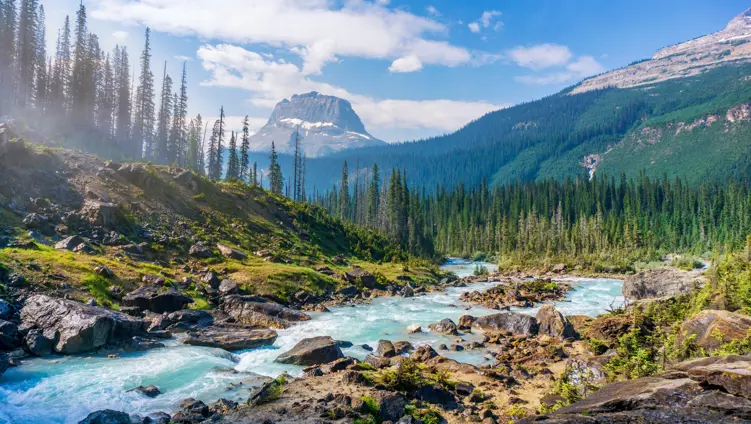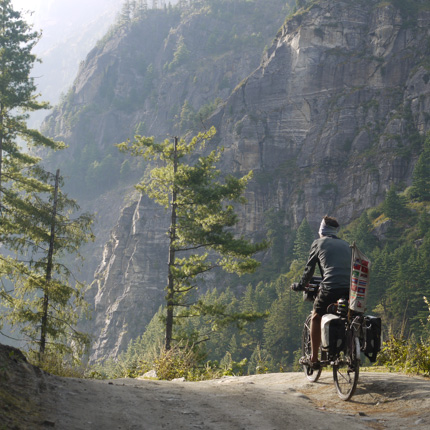Published on 3rd August 2020
As the UK continues to tentatively step out to a new normal, responsible adventure closer to home is a great option, so what better reason to explore (and be so grateful for) all the outdoor options close to, and in our capital city.








